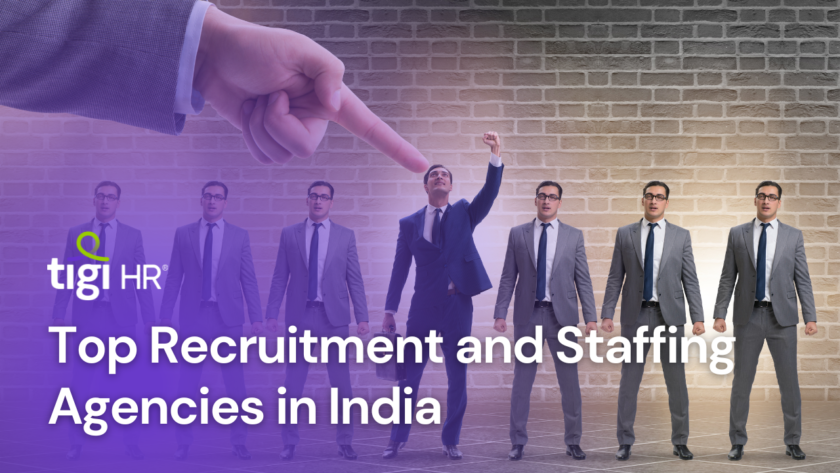Measuring Recruitment Success
In the competitive world of talent acquisition, understanding and optimizing recruitment metrics is crucial for HR managers. By focusing on key performance indicators (KPIs) such as time-to-fill, cost-per-hire, and quality-of-hire, organizations can enhance their recruitment strategies, improve efficiency, and secure top talent. In this article, we’ll explore these essential metrics and provide actionable strategies for improvement.
1. Time-to-Fill: Measure Efficiency
Time-to-fill is a fundamental metric that measures the number of days it takes to fill a job vacancy from the moment it opens until an offer is accepted. This KPI is vital because prolonged vacancies can lead to productivity loss and increased workload for existing employees. A shorter time-to-fill indicates a more efficient recruitment process, helping organizations stay agile and competitive.
Strategies to Improve Time-to-Fill:
- Optimize the Recruitment Process: Streamline your hiring workflow by eliminating unnecessary steps and automating repetitive tasks. Use applicant tracking systems (ATS) to manage and monitor the recruitment pipeline effectively.
- Utilize Technology: Leverage technology for faster sourcing and screening. AI-driven tools can quickly scan resumes and identify the best candidates based on predefined criteria, reducing the time spent on manual resume reviews.
- Maintain Open Communication: Ensure constant communication with hiring managers to quickly address any concerns or changes in job requirements. Regular updates and feedback loops can help expedite decision-making.
2. Cost-per-Hire: Control Expenses
Cost-per-hire calculates the total cost incurred to fill a position, including expenses such as advertising, recruiter fees, technology tools, and onboarding. This metric is crucial for budget management and improving the return on investment (ROI) of your recruitment efforts. Lowering the cost-per-hire without compromising on quality can significantly enhance overall efficiency.
Strategies to Improve Cost-per-Hire:
- Invest in Cost-Effective Recruitment Channels: Use a mix of free and paid job boards, social media, and employee referral programs to reduce advertising costs. Evaluate the performance of different channels to focus on those that provide the best ROI.
- Streamline Internal Processes: Simplify internal processes to reduce overheads. For instance, automating administrative tasks can save time and resources, allowing recruiters to focus on high-value activities.
- Negotiate Better Rates with Vendors: Build long-term relationships with vendors and negotiate discounts or bundled services. This can help reduce costs associated with job postings, background checks, and recruitment software.
3. Quality-of-Hire: Ensure Talent Fit
Quality-of-hire is arguably the most important metric, as it evaluates the performance and long-term impact of new hires on the organization. High-quality hires are those who meet or exceed performance expectations, integrate well into the company culture, and contribute to the organization’s success. This metric often involves post-hire evaluations, performance reviews, and retention rates.
Strategies to Improve Quality-of-Hire:
- Enhance Candidate Assessments: Implement comprehensive assessment tools to evaluate candidates’ skills, competencies, and cultural fit. Behavioral interviews, psychometric tests, and work samples can provide deeper insights into a candidate’s potential.
- Solicit Feedback: Gather feedback from hiring managers and team members about new hires. Use this information to refine job descriptions, interview questions, and selection criteria.
- Invest in Employee Development Programs: Support continuous learning and development for new hires. Providing opportunities for growth can help employees reach their full potential and contribute more effectively to the organization.
Conclusion: Enhance Your Recruitment Strategy
By tracking and optimizing key metrics like time-to-fill, cost-per-hire, and quality-of-hire, HR managers can significantly improve their recruitment strategies. These metrics provide valuable insights into the efficiency, cost-effectiveness, and overall success of the hiring process.
Ready to Elevate Your Recruitment Game?
Explore our resources and solutions to take your recruitment efforts to the next level! By leveraging data-driven strategies and innovative tools, you can attract and retain top talent, driving your organization’s success.
Hire talent from TIGI HR.





